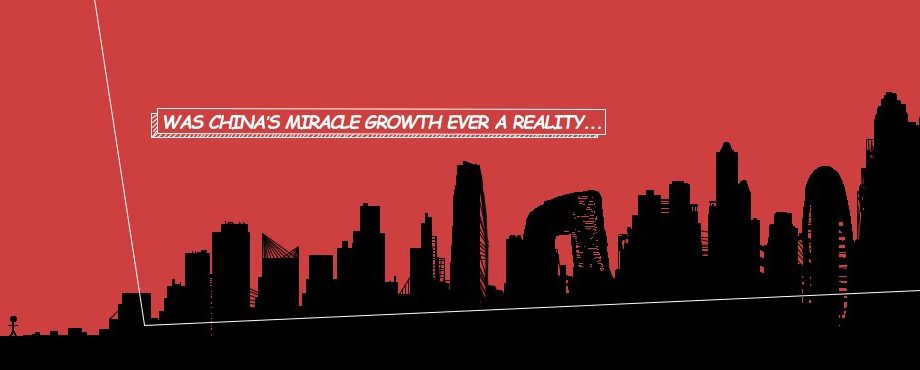Small Box is the New Big Box
So what is a Flex Format store? They’re smaller Target stores carrying just a fraction of the products of full-line locations, with selections individually tailored to fit the specific needs of the surrounding community. Most include a CVS-branded pharmacy, an order pickup area, customer service, and a Starbucks-branded cafe. Clocking in at just 12,000 square feet, the Berkeley Shattuck location in particular is just 8% of the size of your average 145,000-square-foot Target store. The Shattuck location is one of the smallest in the chain, with typical Flex Format locations ranging from 25,000 to 40,000 square feet. Target seems to be heavily leaning into the Flex Format idea, as nearly all of its store openings planned for the next few years fall within the concept parameters. Continue Reading
Boeing (BA): A Buy at Low Levels?
It’s no secret that COVID-19 has transformed the American economy. Manufacturing plants are shutting down, employees who can are working from home, and companies are struggling to stay afloat. Although many of these changes are temporary in such scale, they may be permanent in a smaller scale—i.e., some number of employees who were previously commuting to work will likely permanently switch to working from home after being introduced to this possibility.Continue Reading
Unemployment and Inflation Numbers Might Invalidate this Econ Theory
About a year ago, I wrote this article about why the Fed was raising rates in trying to engineer a soft landing. The objective was to prevent an overheated economy and high inflation rates, given the record unemployment levels among other things. The theory goes that tight labor markets lead to wage growth. Wage growth leads to high inflation. Raising rates might prevent that. This was the sentiment at the Fed over a year ago.Continue Reading
Understanding Chinese GDP Misreporting
Despite recent metrics around the globe showing severe production declines as a result of coronavirus, Chinese GDP growth continues to be one of the fastest among developed and developing nations. That’s not a new story. While the rest of the world experienced recessions and layoffs, China blew through the 2008-2012 years, reaching an all-time productivity growth peak of 11 percent in 2011. By all official accounts, China is on track to surpass aggregate U.S. output and take the mantle of economic hegemony within the next several decades.Continue Reading
Bon Appétit’s In-House Reality TV Stars: How Free Should Digital Media Be?
Something that’s been comforting me during this pandemic has been a very specific YouTube Channel: Bon Appétit. The food and lifestyle magazine, owned by Condé Nast, was first published in 1956. In 2008, Bon Appétit started its YouTube channel, creating highly polished cooking videos in the “hands and pans” style popularized by Buzzfeed’s Tasty. The videos’ look and feel were very aligned with the sophisticated Condé Nast legacy brand.Continue Reading
Consequences of the Bike and Scooter Rental Industry
On the Instagram page “Bird Graveyards” one can find pictures and videos of shareable electric scooters being set on fire, thrown into the ocean, and being destroyed in any way imaginable. While it’s easy to laugh at these posts and go on about our lives, the short lifespan of these scooters begs the question: are they worth it? Continue Reading
Hey Macklemore, Can We Go (e-)Thrift Shopping
Buying clothes secondhand was once heavily stigmatized, as many thought used goods were only bought by those who couldn’t afford anything else. Most people were repulsed by the idea of wearing clothes that someone else had worn. But throughout the past century, this stigma has essentially disappeared, due greatly in part to the emergence of thrift shops. Something that thrift shops offer that other fashion sources don’t is the experience: the whole notion of bargain hunting can make you feel as if you’re Indiana Jones, searching for the Lost Ark. Continue Reading
Is America ready for its next pandemic?
Graphics by Rose Lee The BRB Bottomline: [insert a one or two sentence hook that sums up the spirit of the article and offers actionable value to the reader, e.g. Learn how to take of your metaphorical dog: Credit. What are the differences between credit scores and credit reports, andContinue Reading
What Netflix Can Learn From The Downfall of HOOQ?
HOOQ, a premium video-on-demand streaming service, is a joint venture between Warner Media, Sony and Singtel (Asia’s leading communications group). Sony and Warner Media provide a library and develop customized content while Singtel provides captive access to its mobile subscriber base in the Philippines, Thailand and Indonesia. The challenge HOOQ faced was much of their subscriber base would view content on mobile devices, which under current networks can take hours to download or have high latency, Continue Reading
Mandatory Drafts and Entrepreneurship ‒ Startup Culture in Israel
Israel, a small nation of less than 10 million people tucked in the western corner of the Middle East, has both the most venture capital per capita and the most startups per capita out of any other country in the world, thus being dubbed “the Startup Nation.” Their culture of ingenuity, adeptness at recognizing and developing talent, and emphasis on tech can all be attributed to their success in startups. However, these traits did not emerge in a vacuum. Continue Reading






